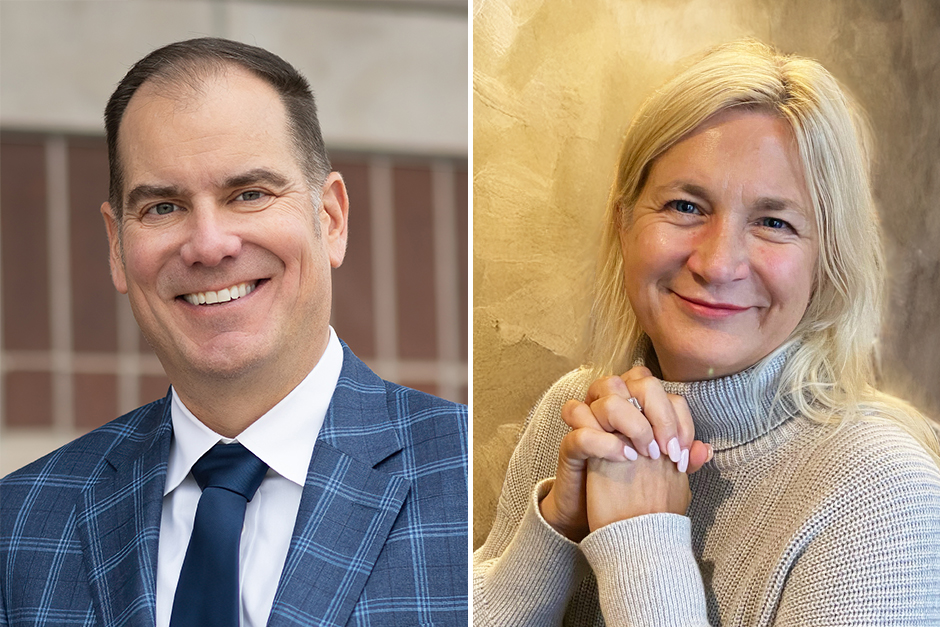Alumnus uses geology education to explore Norton collection
Many of the buildings on the Cornell College campus hold a lot of secrets.
The historic buildings have been renovated and restored to keep up with the demands of today’s modern students, but they also hold a key to the past.
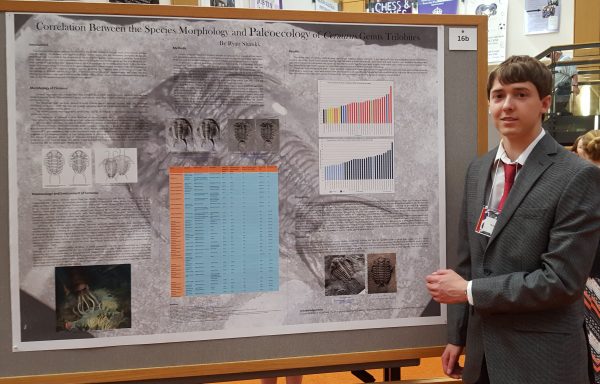
Norton Geology Center and Anderson Museum was built more than 100 years ago as a Carnegie Library.
“Many aspects of the early construction and the early layout are still clearly visible,” Professor of Geology Emily Walsh said. “It is certainly a source of pride for the geology department and geology majors.”
While it holds classrooms, all three floors are also a museum filled with an extensive collection of geological books, maps and periodicals, and more than 20,000 specimens of rocks, minerals, and fossils.
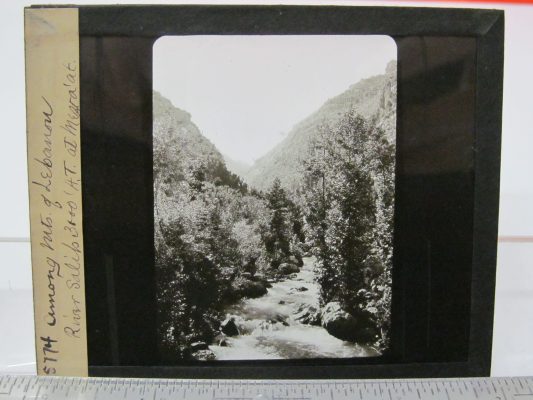
Ryan Shanks ’16, who recently graduated with a bachelor’s degree in geology, spent time exploring the building, finding old letters to building namesake William Harmon Norton, images that are centuries old, and even a unique marble collection. The project started with cataloging a massive collective of more than 7,000 magic lantern slides throughout his senior year. The magic lantern was an early image projector that displayed photographs on sheets of glass.
“I often found myself spending my free time before and after class examining and researching various things in the Norton Geology Center as well as examining and researching the building itself,” Shanks said. “After geology classes in Norton, I’d often share some of my finding with professors such as Professor Emily Walsh.”
Shanks continued his work during a 10-week summer project to archive and research much more of what is sitting in Norton Geology Center after he graduated. Digging through the history that’s hidden in the building came naturally to the student who often collects and sells antiques in his own time.
“I never knew what cool things I’d find next, and I was driven out of my own self-interest to try and preserve and record these important collections,” Shanks said.
His love for exploring and finding unique collections played a big role in his decision to continue down his educational path. He’s currently visiting and applying to graduate schools for invertebrate paleontology and museum studies.
“I have always wanted to become a paleontologist and pursue a degree in paleontology, but after several research opportunities that involved looking through the collections in museums such as the Field Museum in Chicago and after my curating position in Norton, I have decided to pursue a museum studies degree as well as a paleontology degree,” Shanks said.
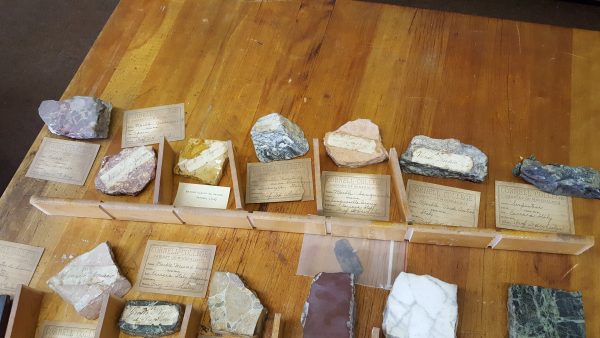
Shanks said one of his favorite Norton finds inside the building was the marble sample collection of Professor D. H. Wheeler, who started teaching at Cornell in 1853—when the college first started.
“The marble sample specimens were collected while Professor Wheeler was the U.S. ambassador to Italy under the Lincoln administration,” Shanks said. “Each specimen is polished on one side, has an original handwritten label attached to it, and is accompanied by a ‘Cornell College Cabinet of Mineralogy’ label, presumably from when they were on display in the old Natural History Museum that used to be in the lower level of King Chapel. Many of the types of marbles represented by these specimens have been completely mined out for over a century, which makes this collection even more interesting and significant.”
Through all of this exploring, the geology faculty now has a much better archive of what’s in the building. Shanks researched items using the internet and by visiting the college archives.
“I think the results of his work are really exciting,” Professor Emily Walsh said. “There are so many neat resources in Norton and fascinating details about the building and its history that nobody knows about. It was nice to have someone actively investigating all the old things to find out their history—and I loved hearing from him during his work.”
This is just one example of the faculty-student relationships that form on campus, and Shanks is one example of the many possibilities available for students wishing to study geology.
“There are so many great opportunities for students who wish to study geology at Cornell,” Professor Walsh said. “Our department is an active department, with all faculty and students involved in research, in laboratory work, and in field work. Our graduates go on to pursue master’s and Ph.D.s at some of the top graduate schools in the country. They also go on to a wide variety of positions. The good news is that geoscience positions are actively hiring and are generally well-paying positions.”
These are positions that some Cornell College alumni hold:
- park ranger in the National Park system
- exploration geologist for a major oil company
- environmental scientist at a consulting agency
- geotechnical and construction technician at an engineering company
- staff gemmologist at the Gemological Institute of America
- field station director
- professors at a number of academic institutions
- research geologist at the U.S. Geological Survey
-

-
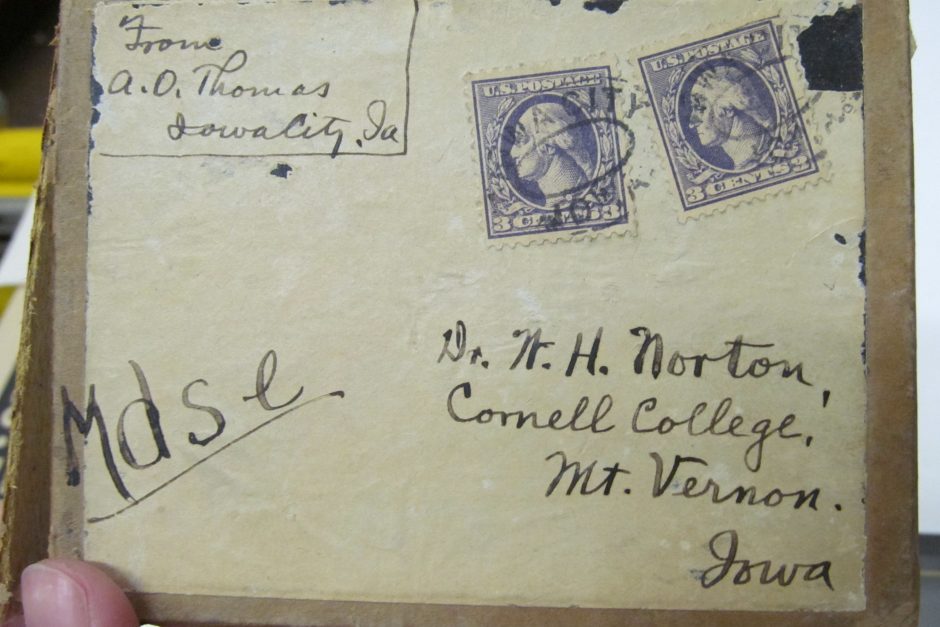
-

-

-
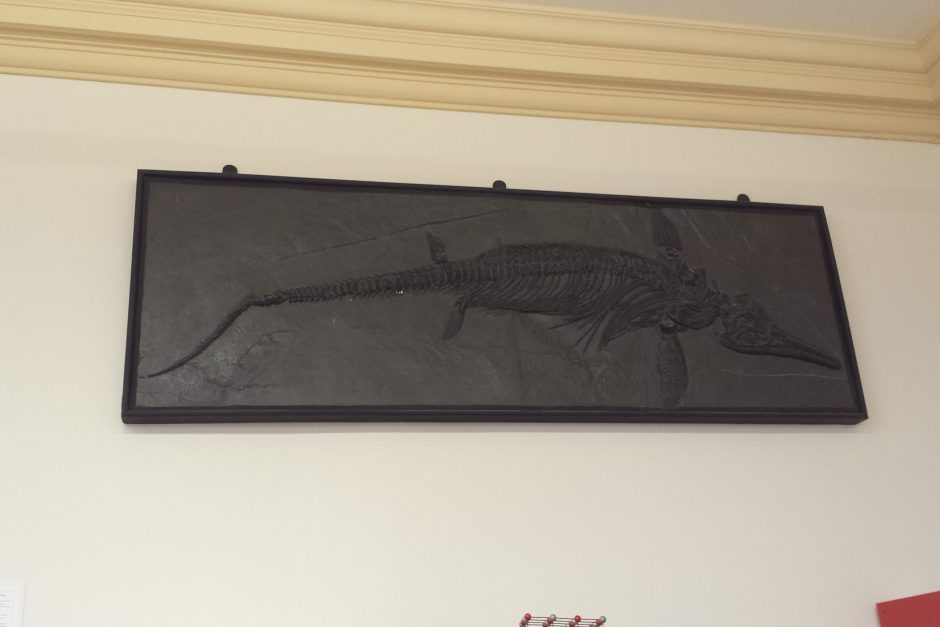
Ichthyosaur plaster mold
-
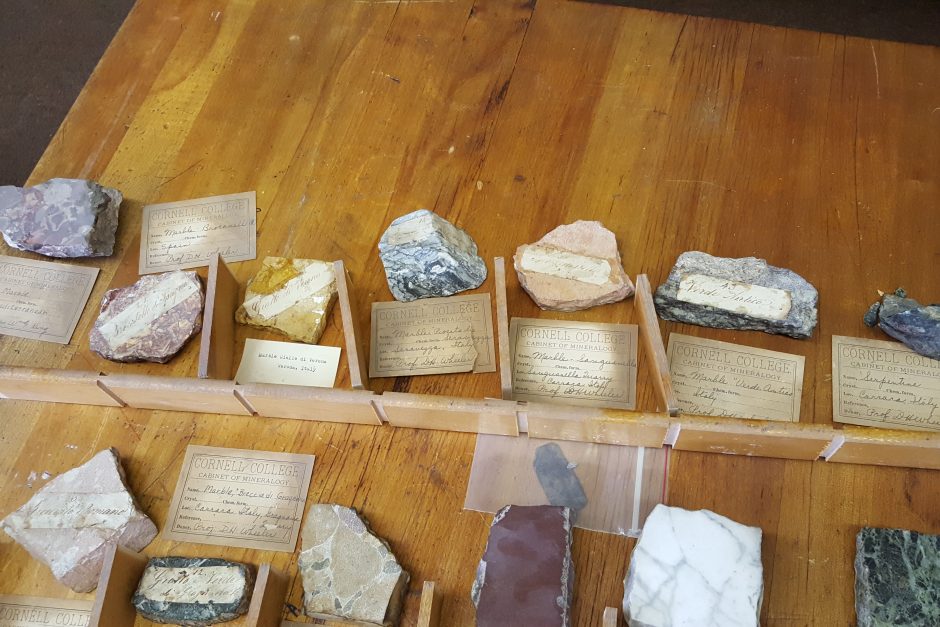
marble collection
-
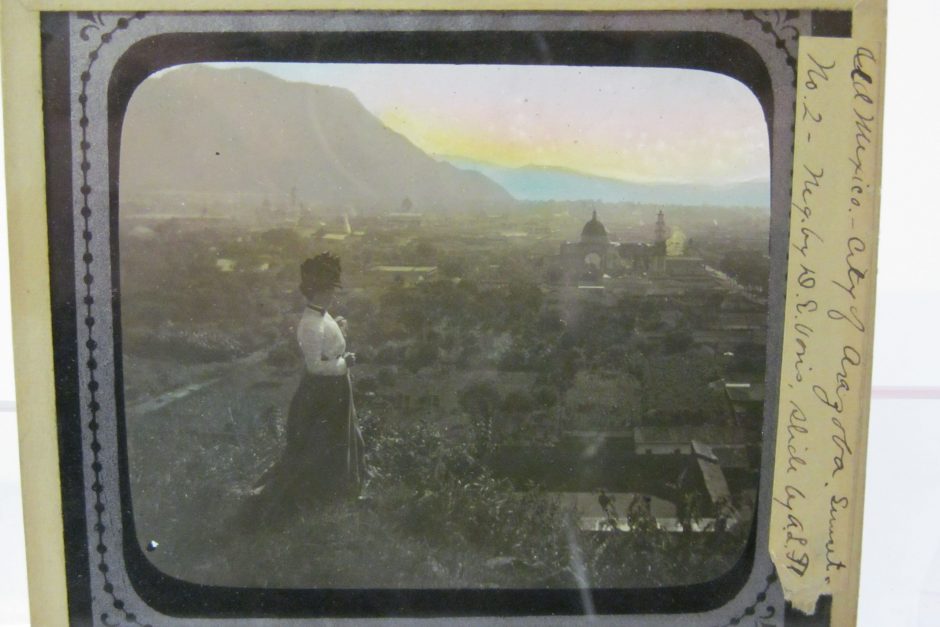
Magic Lantern slide
-
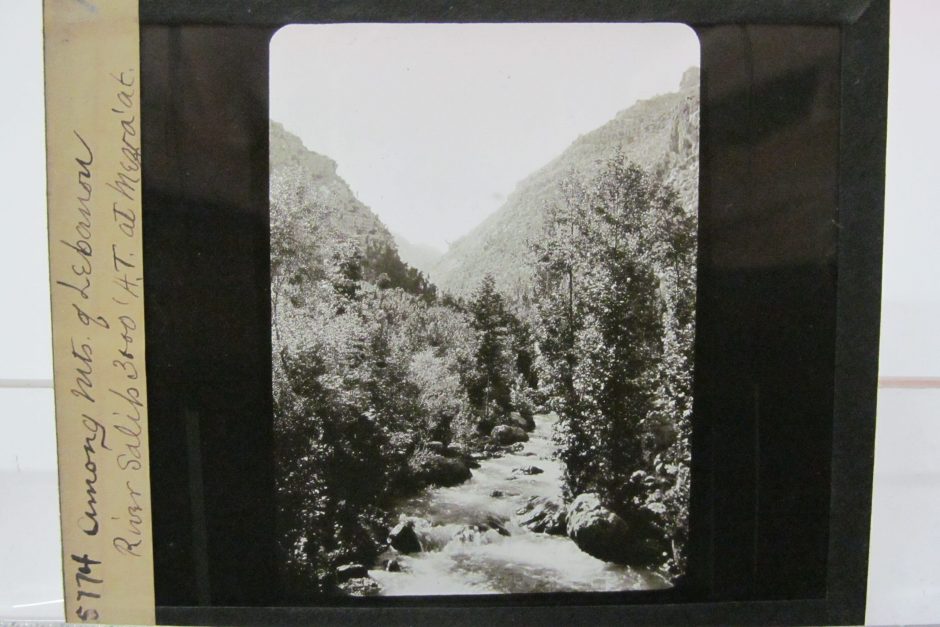
Magic Lantern slide
-
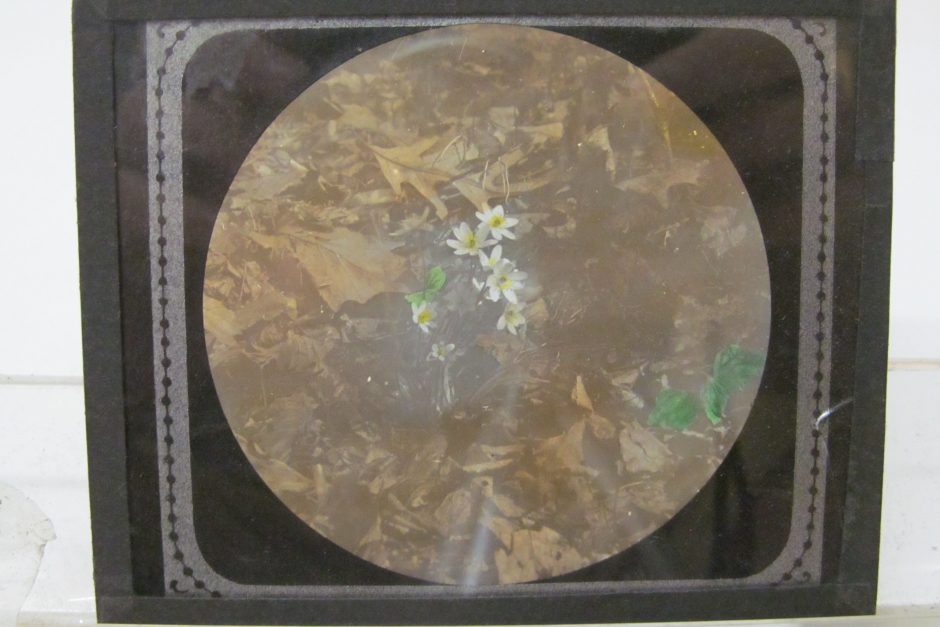
Magic Lantern slide
-
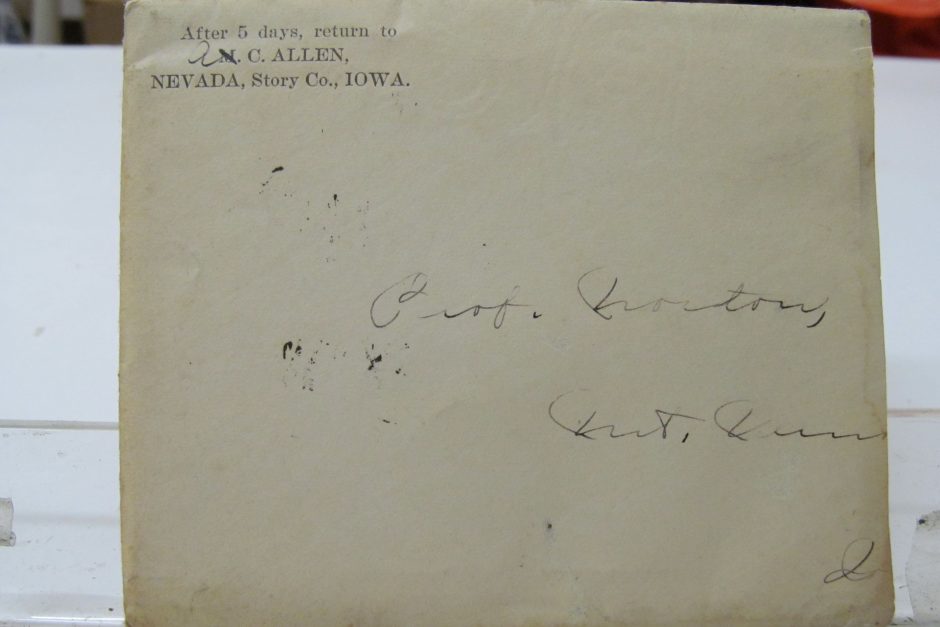
Letter to Norton
-
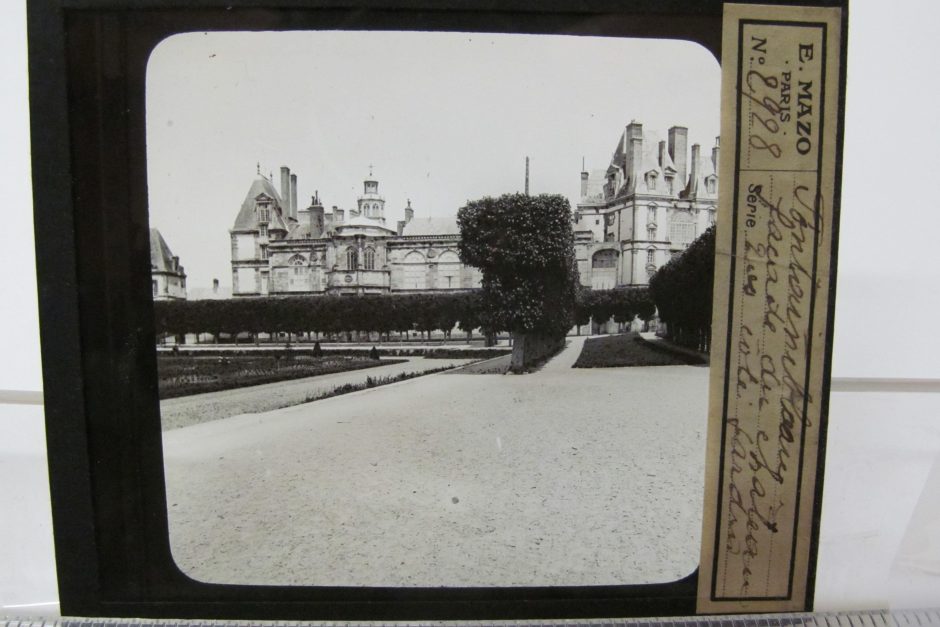
Magic Lantern slide
-
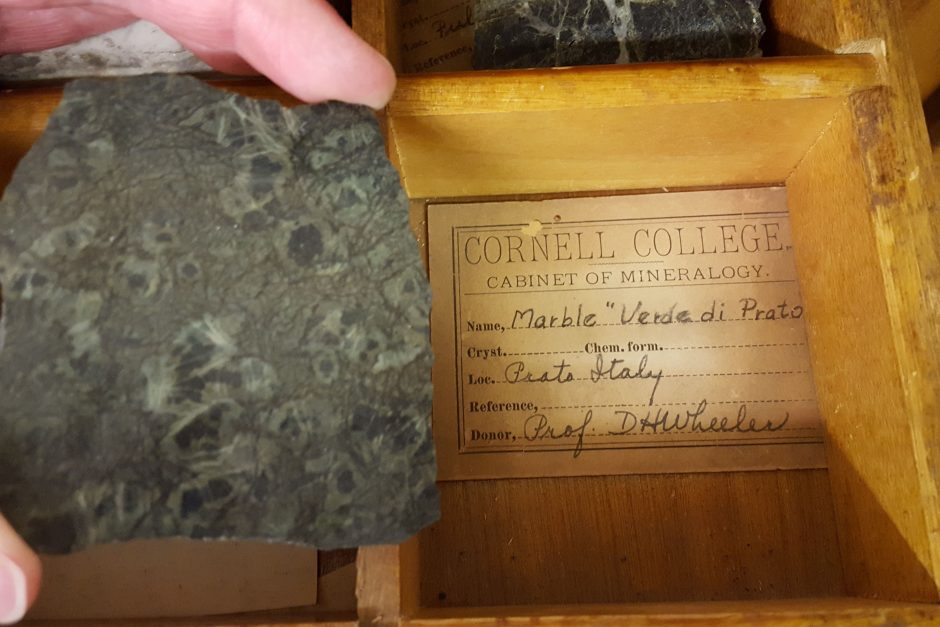
marble collection
Tags: geology



